Celery
Celery includes the root (Celeriac), leaves, seeds and celery stalks. Celery is found in stock cubes, celery salt, salads, soups and some meat products. The root (Celeriac) contains more allergen than the stalk. However, the seeds contain the highest levels of allergen content. It is often used in gravy, ready meals, sauces, crisp flavouring and spice mixes. Furthermore, it is often used in oriental cooking as a flavour enhancer. |
Cereals containing Gluten

Gluten is found in wheat (such as spelt, Khorasan wheat/Kamut), rye, barley and oats. They are often found in foods such as some types of baking powder, foods which contain flour, batter, breadcrumbs, bread, cakes, couscous, meat products, pasta, soups, sauces and also fried foods which are dusted with flour. Also, gluten is found in gravy, dressing and cakes. |
Crustaceans

Crustaceans include crabs, lobster, prawns and scampi. One ingredient that specifically needs highlighting is Shrimp Paste. Shrimp paste is often used in Thai and South-East Asian curries or salads.
Eggs
 Eggs are used in cakes, some meat products, pasta, mousses, mayonnaise, quiche and sauces. Also, pastries and foods which are glazed in Egg fall under this category. Sorbets, biscuits and ice creams can contain eggs. Eggs are used in cakes, some meat products, pasta, mousses, mayonnaise, quiche and sauces. Also, pastries and foods which are glazed in Egg fall under this category. Sorbets, biscuits and ice creams can contain eggs. |
Fish

Fish is found in pizzas, relishes, salad dressings, stock cubes, Worcestershire sauce and fish sauces. Therefore all these foods need the allergen of fish emphasising on the labelling. Also, pet food and prawn crackers can sometimes contain fish. |
Lupin

Lupin is a flower which is sometimes used in flour. Lupin seeds and Lupin Flour are sometimes used in bread, pastries and pasta. Usually, only European bakery products contain lupin, such as pizza, onion rings and pancakes. Only few products manufactured in the UK contain lupin. |
Milk

Milk will need to be emphasised on labelling in foods such as butter, cheese, cream, milk powders and yoghurt. Also some foods are often brushed or glazed with milk, so therefore Milk will need to be emphasised on the labelling. Furthermore, some powdered soups and sauces contain milk. |
Molluscs

Mussels, land snails, squid and whelks all fall under the category of Molluscs. Also, molluscs are common in oyster sauce and fish stews. |
Mustard

Products such as mustard powder and mustard seeds fall into this category. Also, liquid mustard will require allergen information emphasising on the labelling. Mustard is also found in a variety of foods such as breads, curries, marinades, salad dressings, meat products, soups and sauces. |
Nuts
 In the regulation, nuts and peanuts fall under separate categories. Nuts grow on trees unlike peanuts so therefore, are in different categories. Nuts are found in breads, biscuits, crackers, desserts, nut powders (used in Asian curries), stir-fried dishes, ice-cream, marzipan (almond paste), nut oils and sauces. In the regulation, nuts and peanuts fall under separate categories. Nuts grow on trees unlike peanuts so therefore, are in different categories. Nuts are found in breads, biscuits, crackers, desserts, nut powders (used in Asian curries), stir-fried dishes, ice-cream, marzipan (almond paste), nut oils and sauces. |
Peanuts

Peanuts, unlike nuts, grow underground and are actually a legume (vegetable)! Foods such as biscuits, cakes, curries, desserts and sauces such as satay sauce all contain peanuts. Peanuts are also found in groundnut oil and peanut flour. |
Sesame Seeds
 Sesame seeds are used mostly in bread (e.g. hamburger buns), but can also be found in a great variety of other foods. Foods such as breadsticks, houmous, sesame oil and tahini also contain sesame seeds. Allergen information is also required for some salads which contain toasted sesame seeds. Sesame seeds are used mostly in bread (e.g. hamburger buns), but can also be found in a great variety of other foods. Foods such as breadsticks, houmous, sesame oil and tahini also contain sesame seeds. Allergen information is also required for some salads which contain toasted sesame seeds. |
Soya

Soya is often found in bean curd, edamame beans, miso paste, textured soya protein, soya flour (tofu). Soya is a staple ingredient in most oriental food. Also, it can be found in desserts, ice cream, meat products, sauces and vegetarian products. |
Sulphur Dioxide (Sulphites)

Sulphites are often found in dried fruit such as raisins, dried apricots and prunes. Foods such as meat products, soft drinks, vegetables, wine and beer also contain sulphites. Therefore all these foods require allergen information on the label emphasising what the food contains. The sulphites only need to be stated on the label if the concentration is more than ten parts per million. |
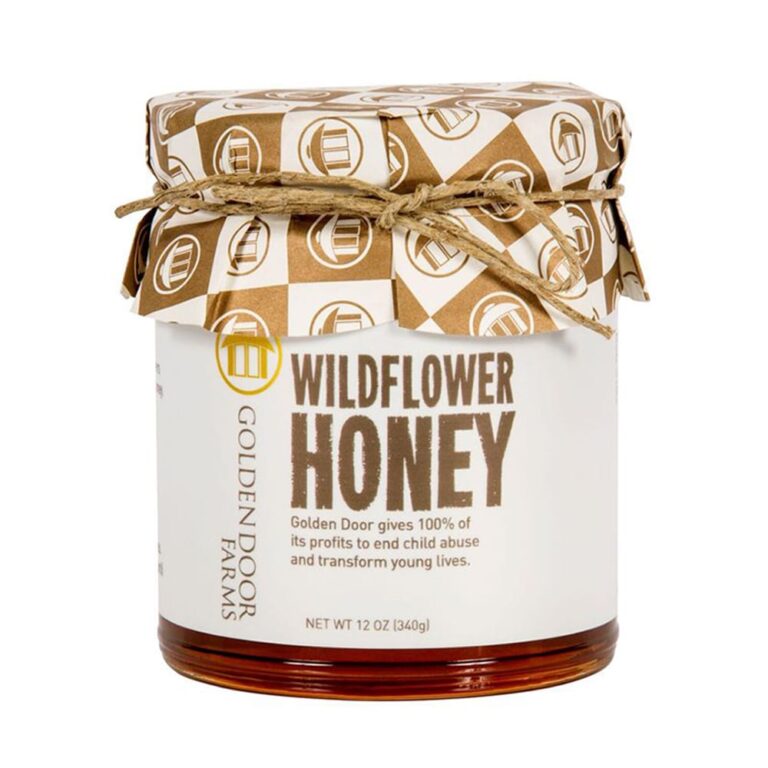
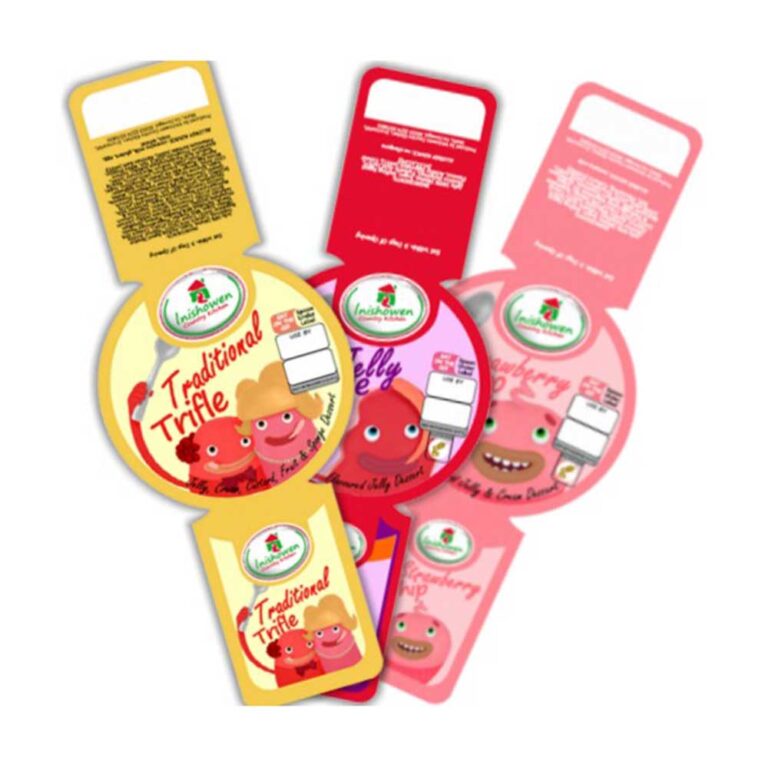

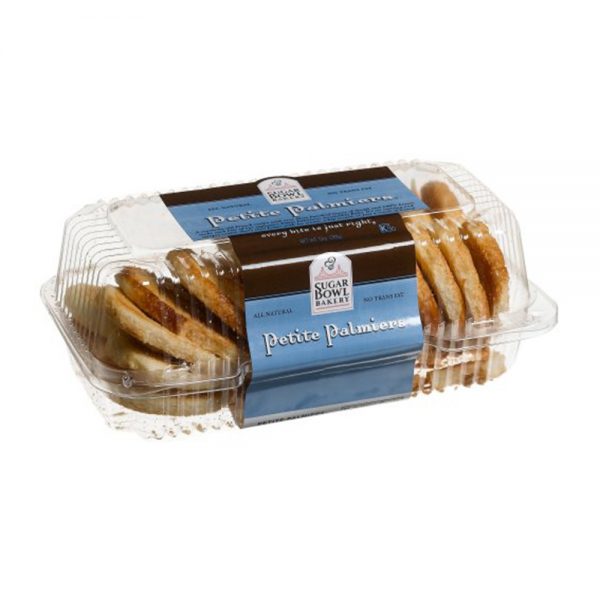
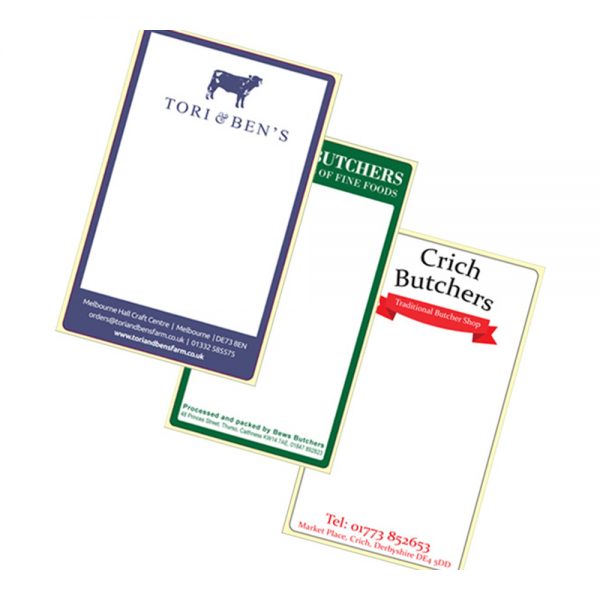
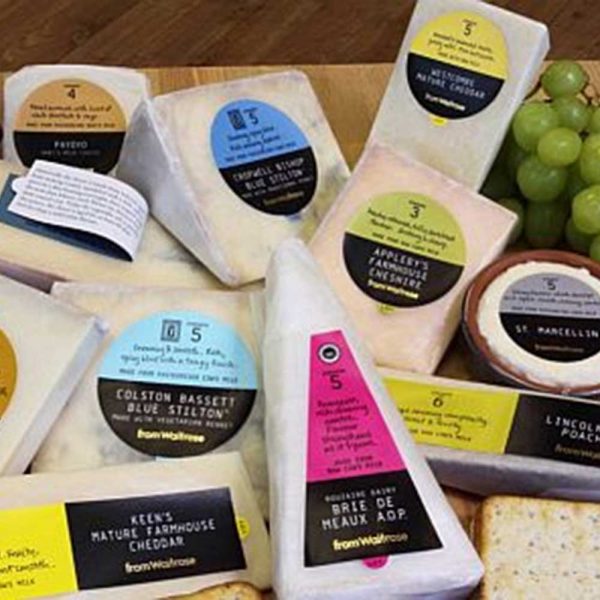

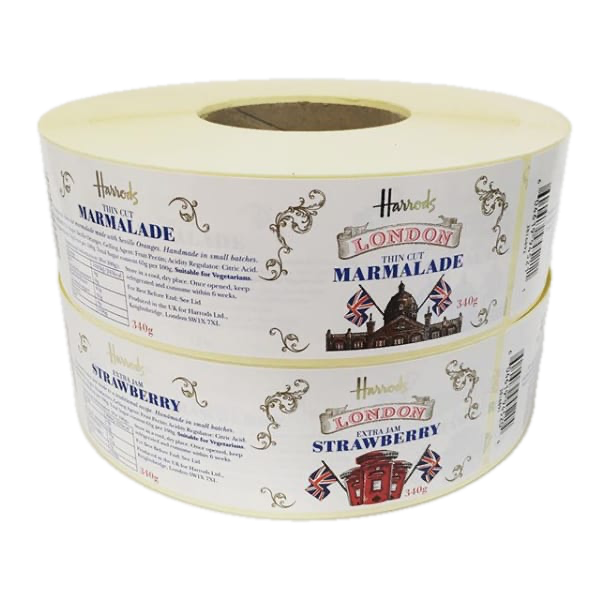

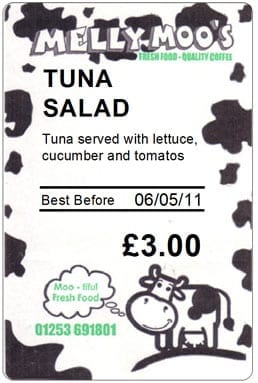

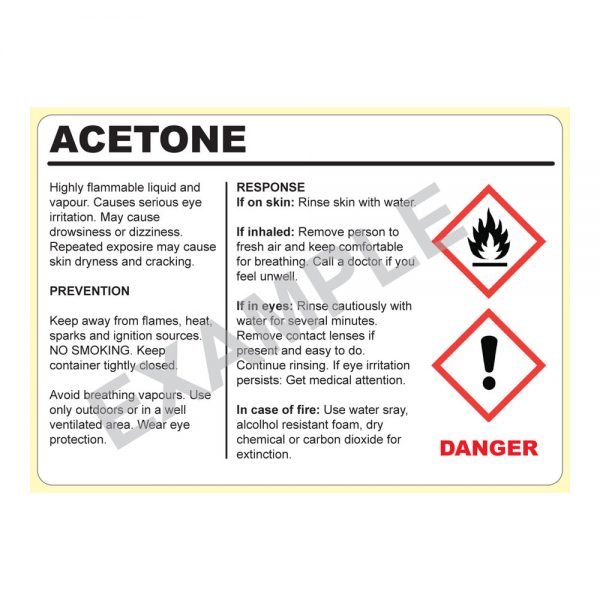
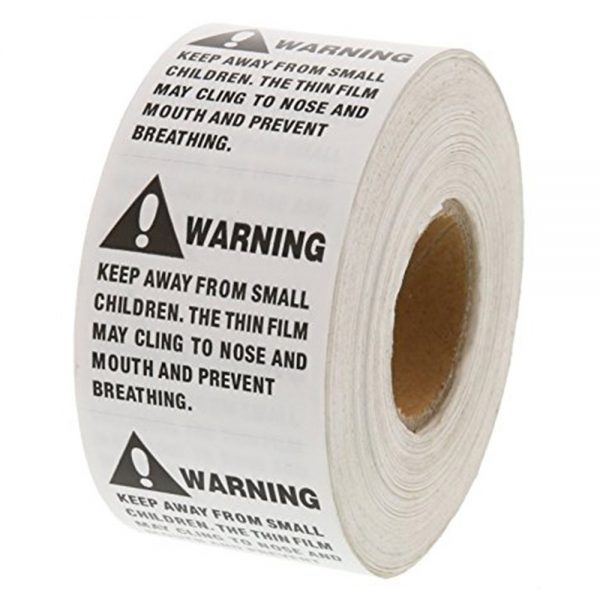

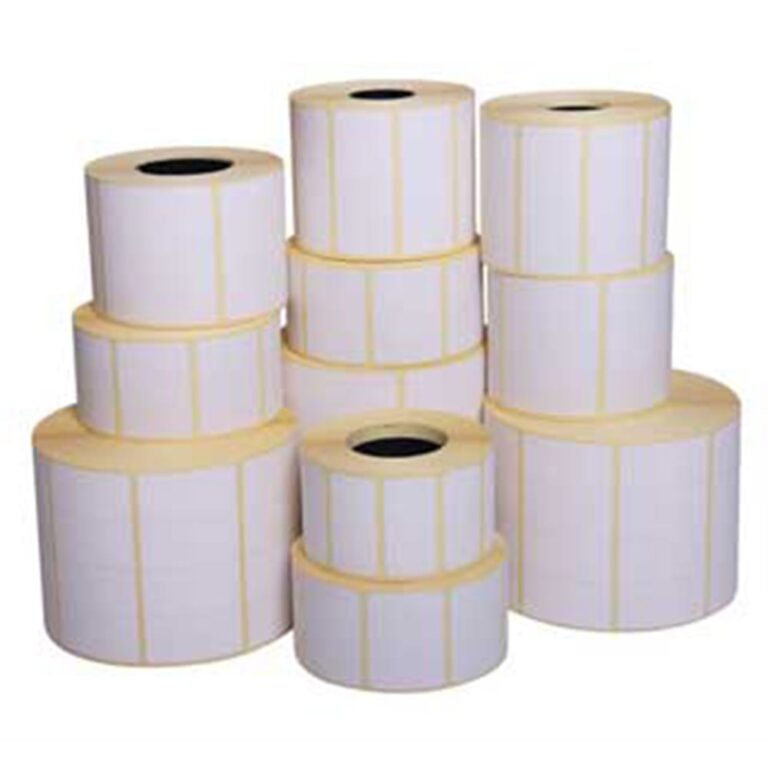
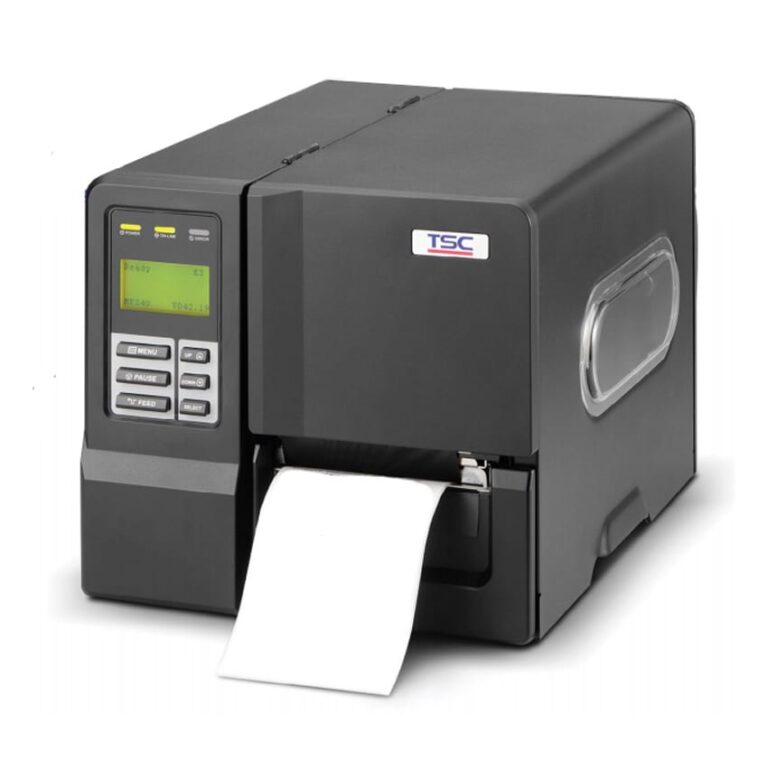
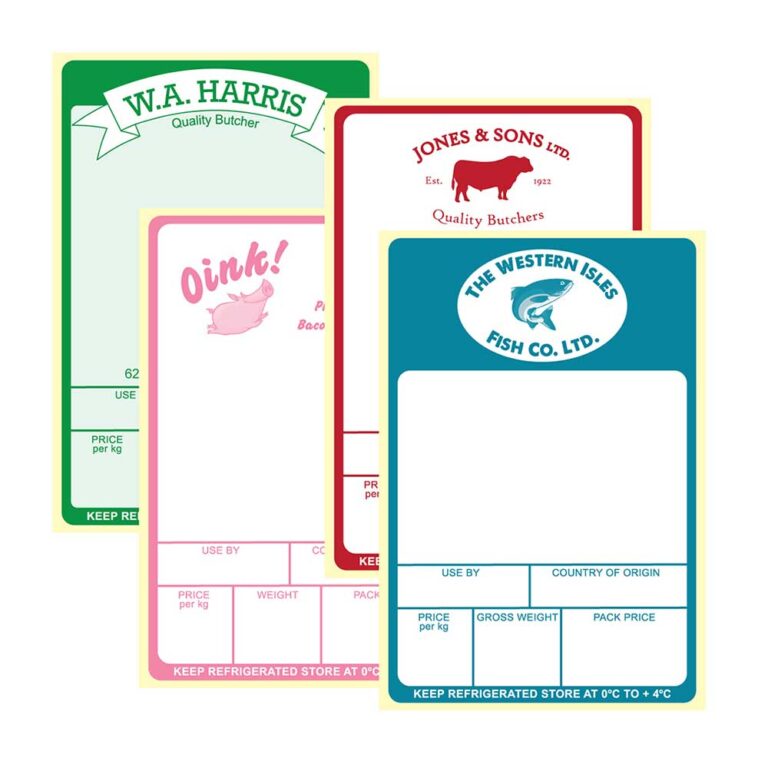

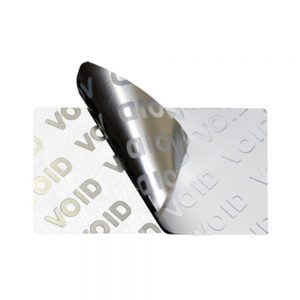




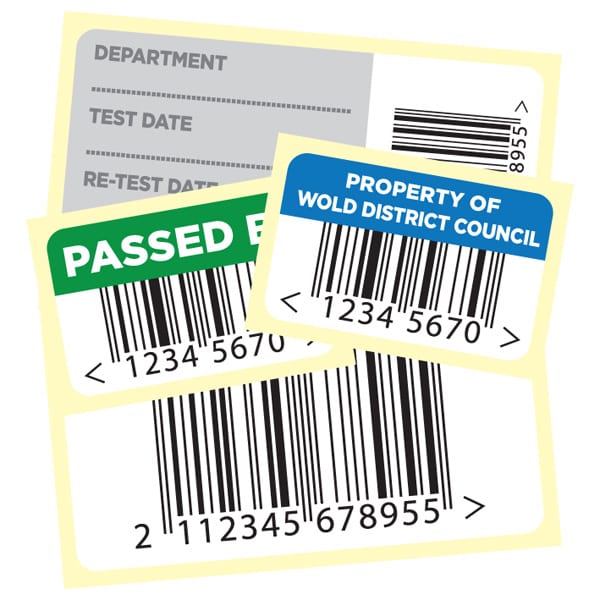
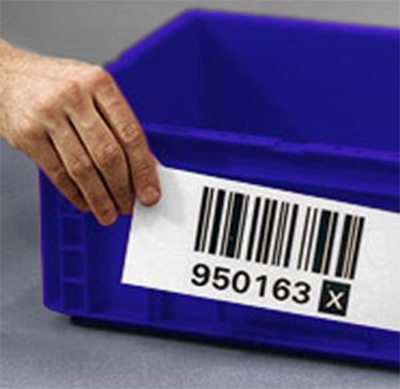
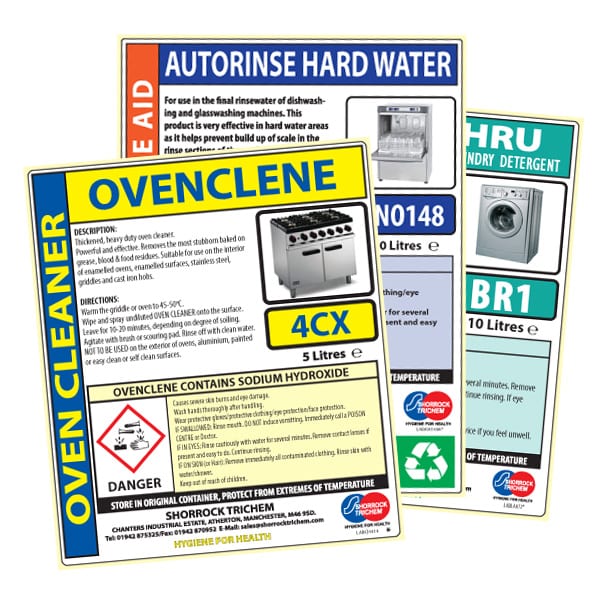
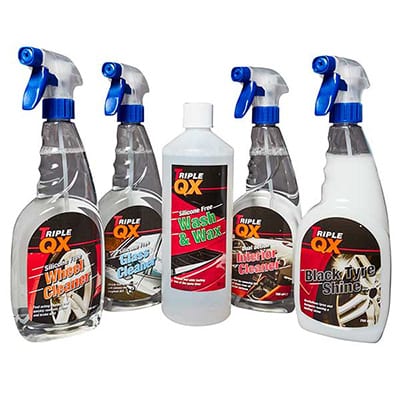

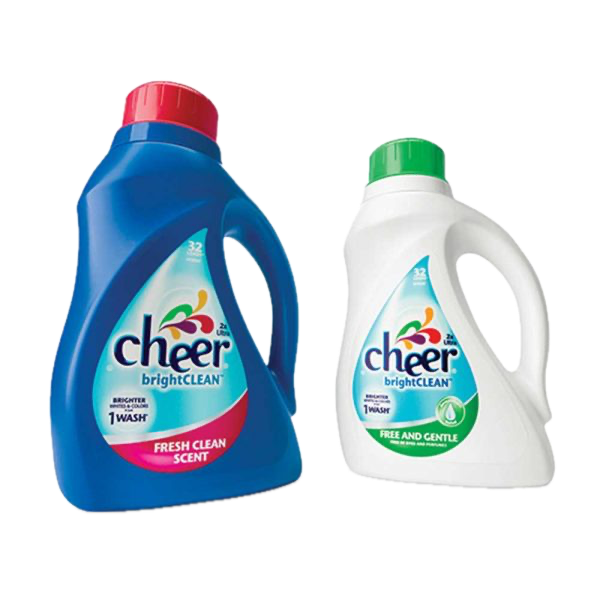








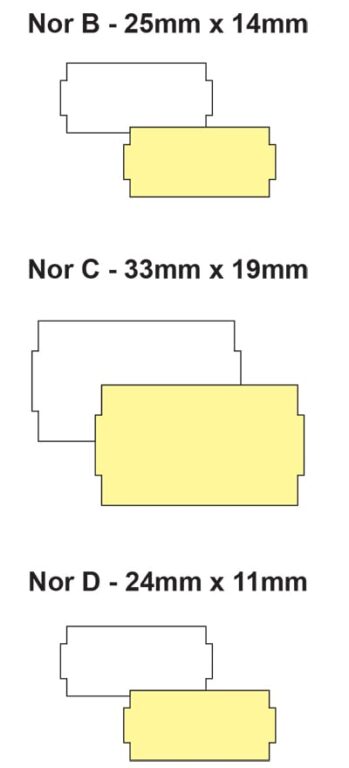






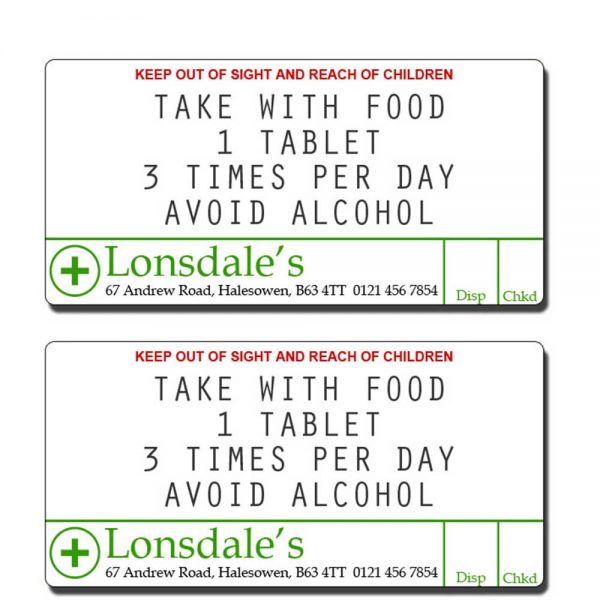








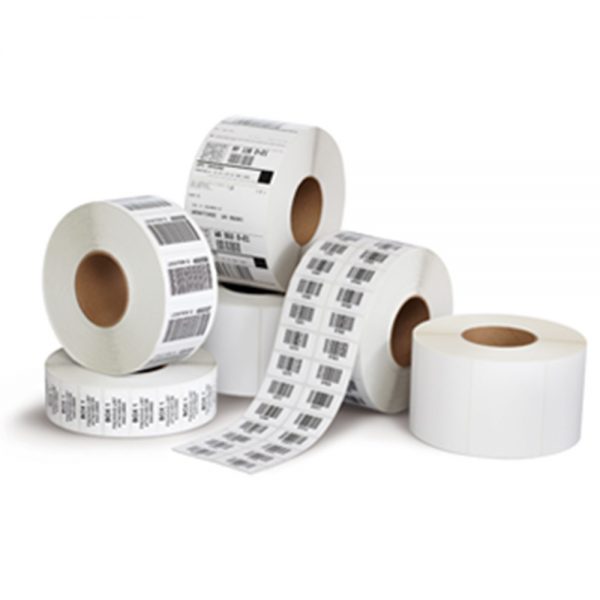
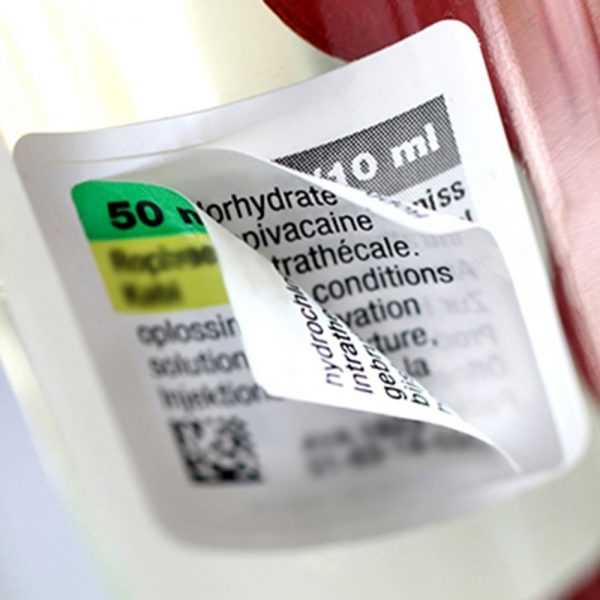

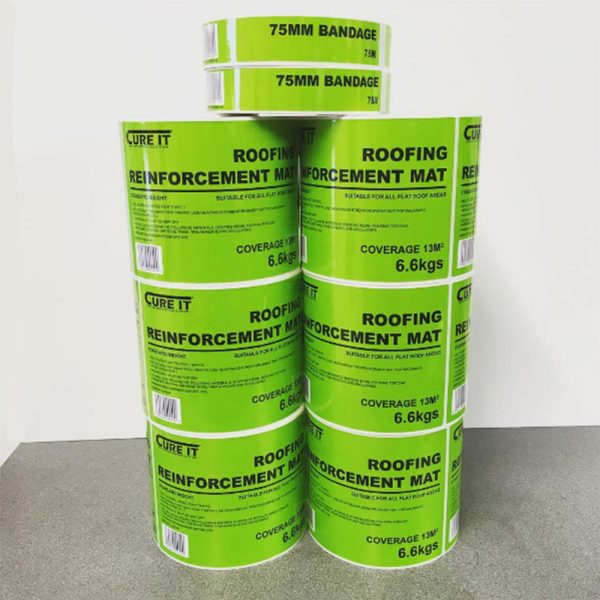




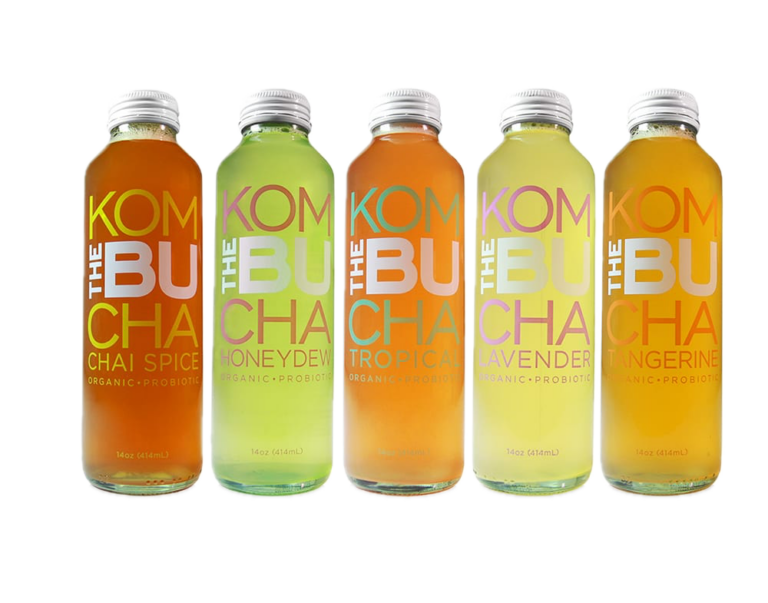
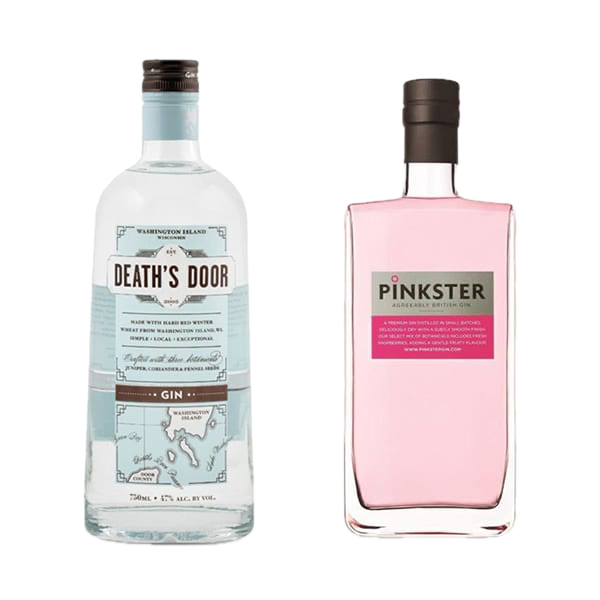
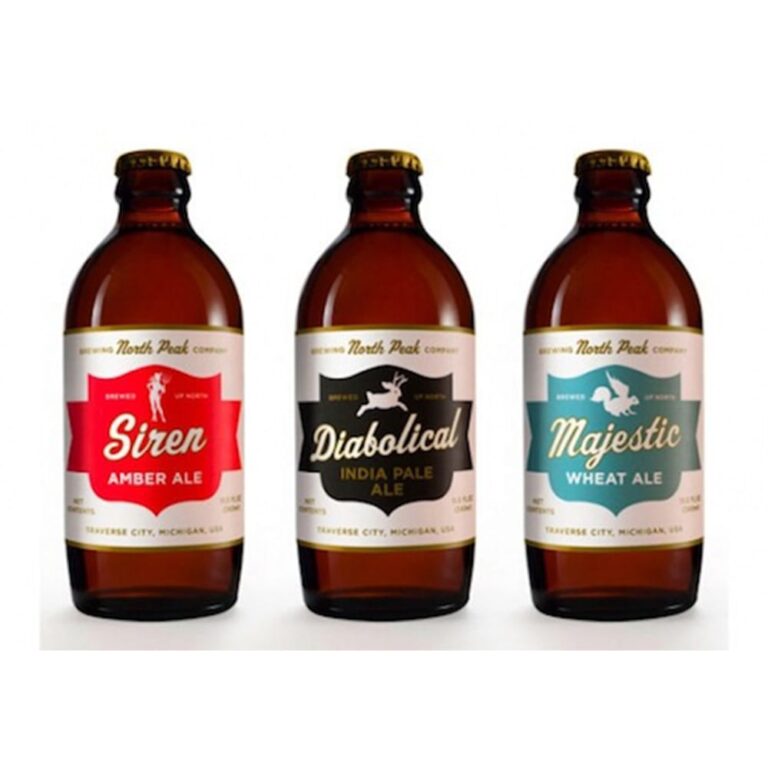
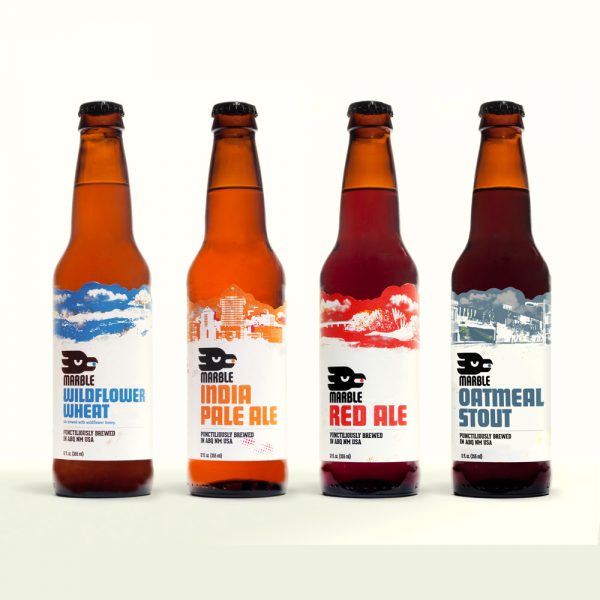

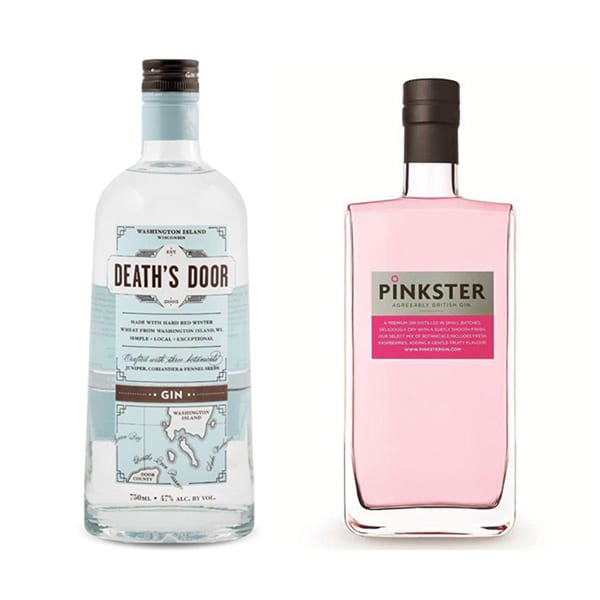







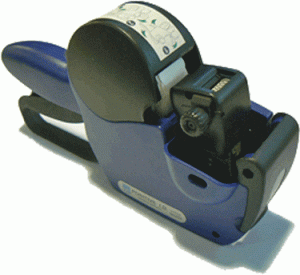












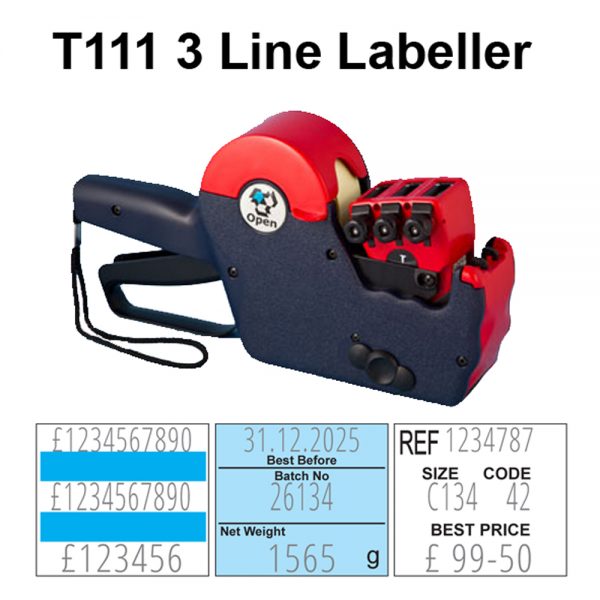
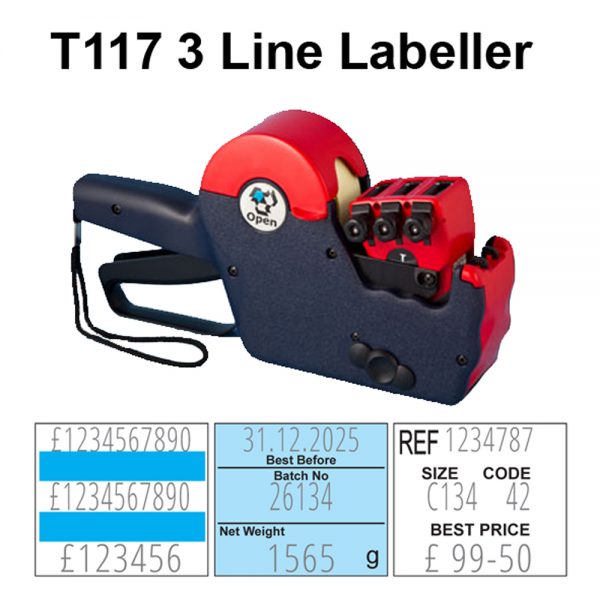
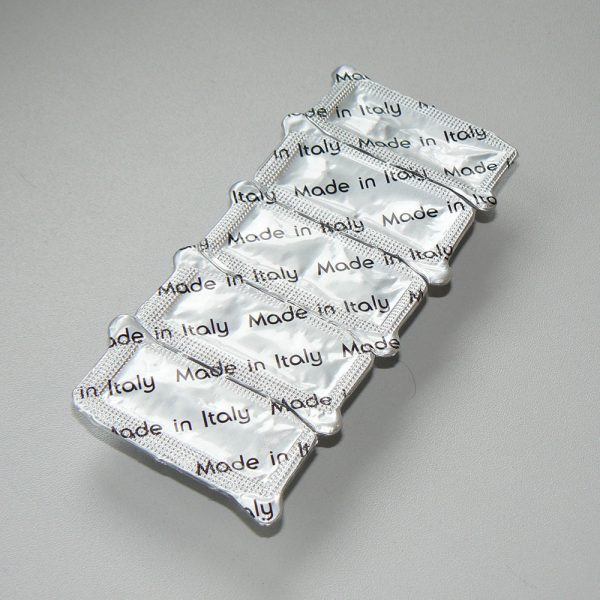
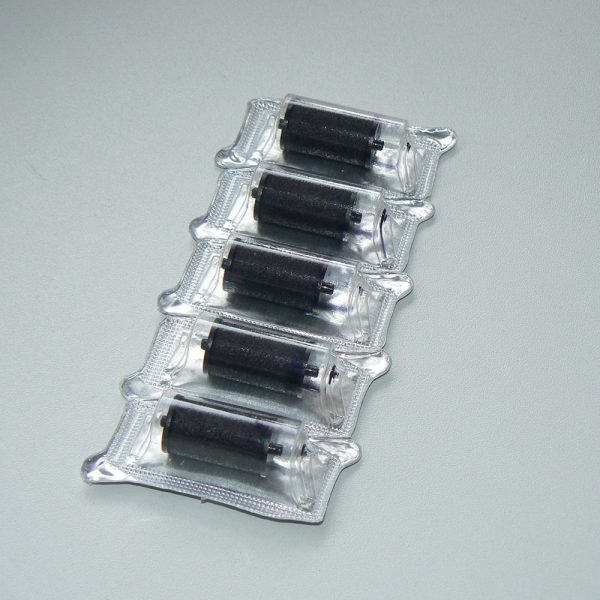
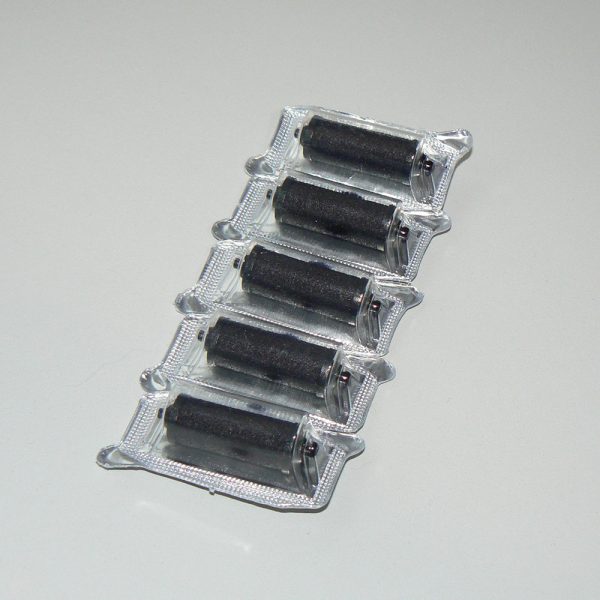
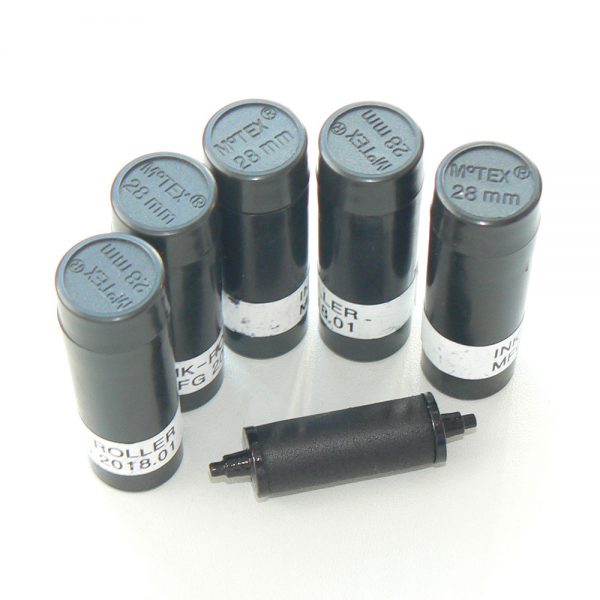
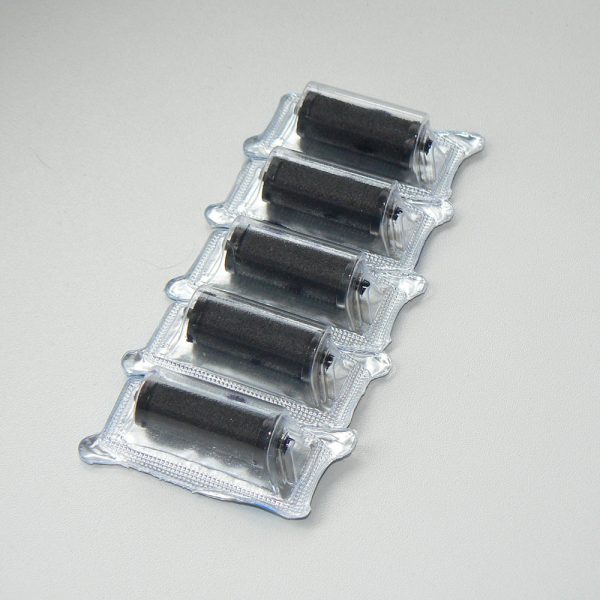
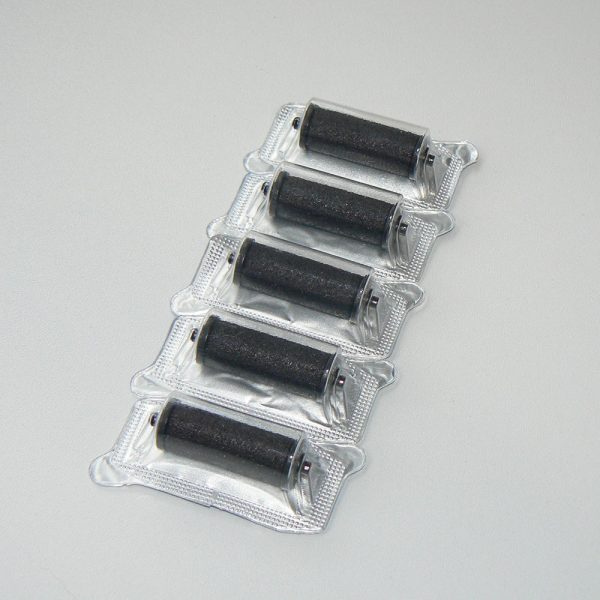
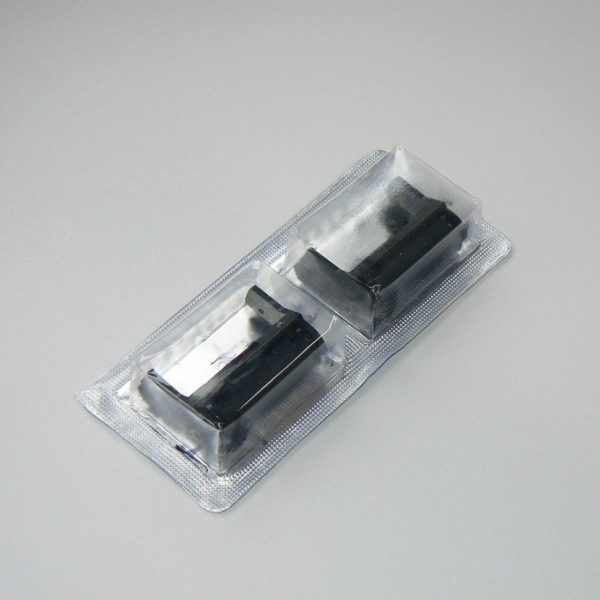
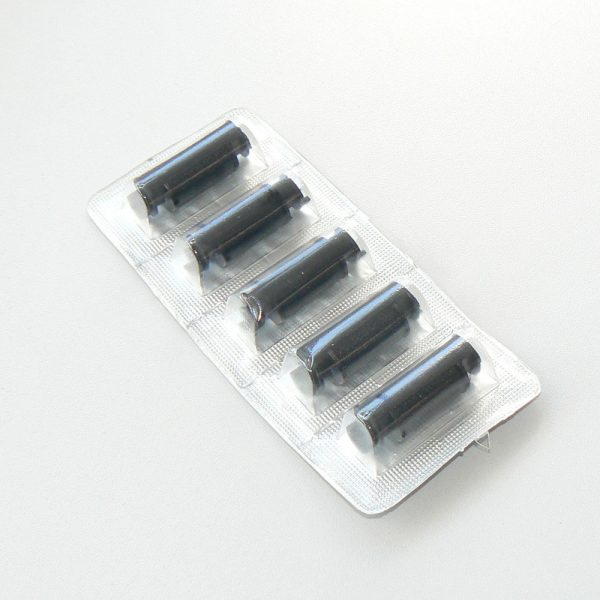

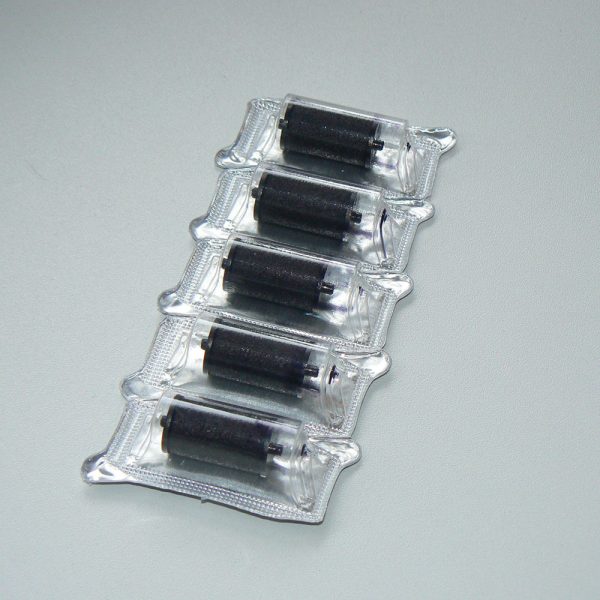
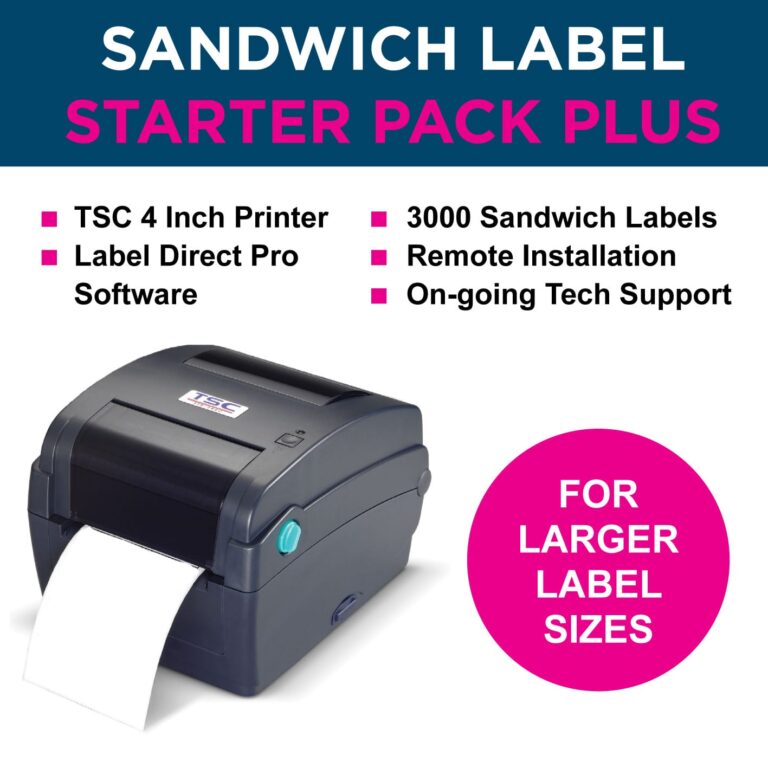
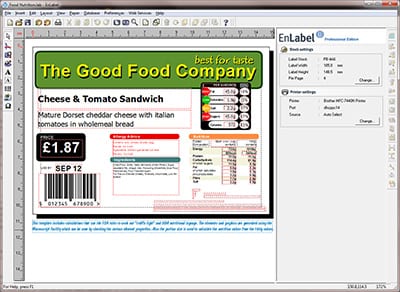

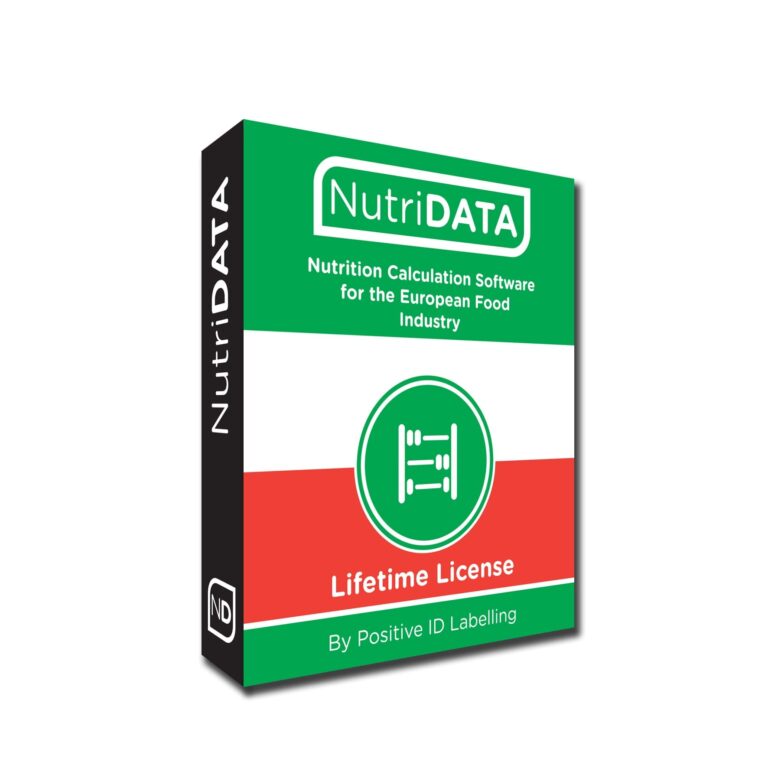




 Eggs are used in cakes, some meat products, pasta, mousses, mayonnaise, quiche and sauces. Also, pastries and foods which are glazed in Egg fall under this category. Sorbets, biscuits and ice creams can contain eggs.
Eggs are used in cakes, some meat products, pasta, mousses, mayonnaise, quiche and sauces. Also, pastries and foods which are glazed in Egg fall under this category. Sorbets, biscuits and ice creams can contain eggs.




 In the regulation, nuts and peanuts fall under separate categories. Nuts grow on trees unlike peanuts so therefore, are in different categories. Nuts are found in breads, biscuits, crackers, desserts, nut powders (used in Asian curries), stir-fried dishes, ice-cream, marzipan (almond paste), nut oils and sauces.
In the regulation, nuts and peanuts fall under separate categories. Nuts grow on trees unlike peanuts so therefore, are in different categories. Nuts are found in breads, biscuits, crackers, desserts, nut powders (used in Asian curries), stir-fried dishes, ice-cream, marzipan (almond paste), nut oils and sauces.
 Sesame seeds are used mostly in bread (e.g. hamburger buns), but can also be found in a great variety of other foods. Foods such as breadsticks, houmous, sesame oil and tahini also contain sesame seeds. Allergen information is also required for some salads which contain toasted sesame seeds.
Sesame seeds are used mostly in bread (e.g. hamburger buns), but can also be found in a great variety of other foods. Foods such as breadsticks, houmous, sesame oil and tahini also contain sesame seeds. Allergen information is also required for some salads which contain toasted sesame seeds.



 Advanced encryption keeps your data safe and secure
Advanced encryption keeps your data safe and secure